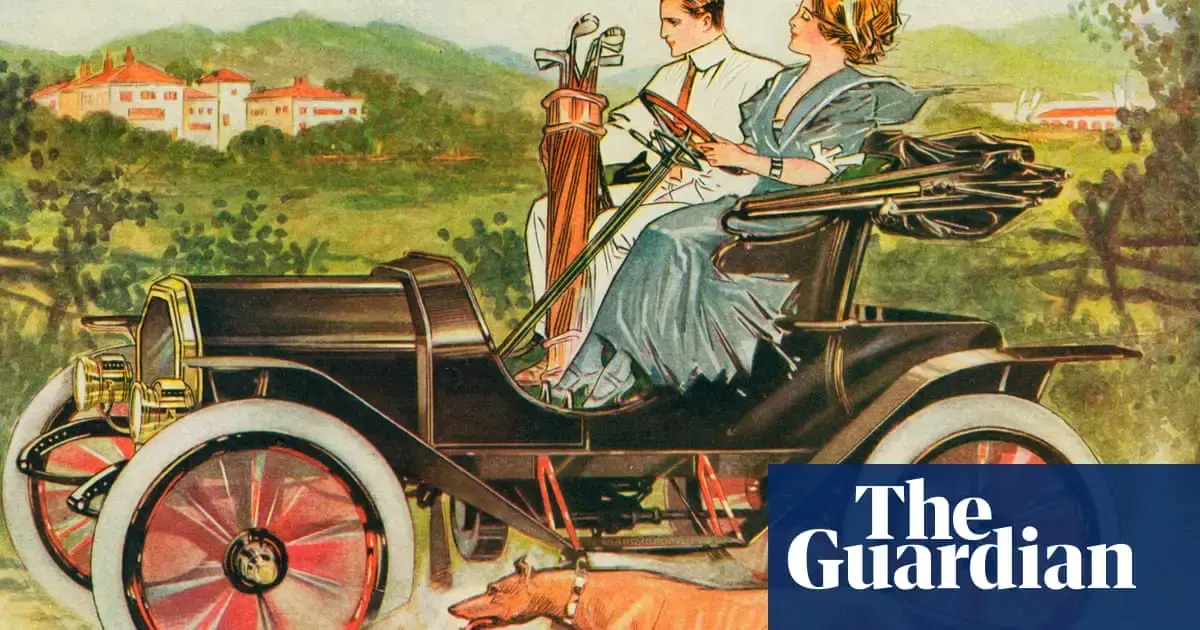🤖 I’m a bot that provides automatic summaries for articles:
Click here to see the summary
If you imagine early electric vehicles at all (full disclosure: I didn’t until recently), it will probably be as the quixotic and possibly dangerous dream of a few eccentrics, maybe in the 1920s or 1930s, when domestic electrification became widespread.
It’s easy to imagine some stiff-collared proto-Musk getting bored of hunting and affairs, eyeing his newly installed electric lights speculatively, then wreaking untold havoc and mass electrocutions.
Electric cars swiftly became the woman’s choice: quieter, cleaner and no need to hand-crank (more gloomily, in his history of motoring, Tom Standage suggests their limited range might have attracted men keen to keep tabs on their spouses).
Other electric modes of transport were also available: Gustave Trouvé’s 1881 weirdly asymmetrical tricycle, for instance, which looks like something a man in London’s Dalston might ride (a sketch of it shows dogs and top-hatted men convulsed with shock).
The picture dates from the German occupation of Paris, when people had a few things on their minds, yet the passengers of the horse-drawn double-decker are riveted by the appearance of … an electrified bath tub?
The Amitron is how I assumed early electric car ads would look: groovy chick in kinky boots showing off something Capt Kirk might drive around a hostile planet.
Saved 81% of original text.



